#1 - If 1=2, 2=10, 3=30, 4=68, 5=? Maths Equation
1f
1 = 02
2 = 10
3 = 30
4 = 68
Then
5 = ?
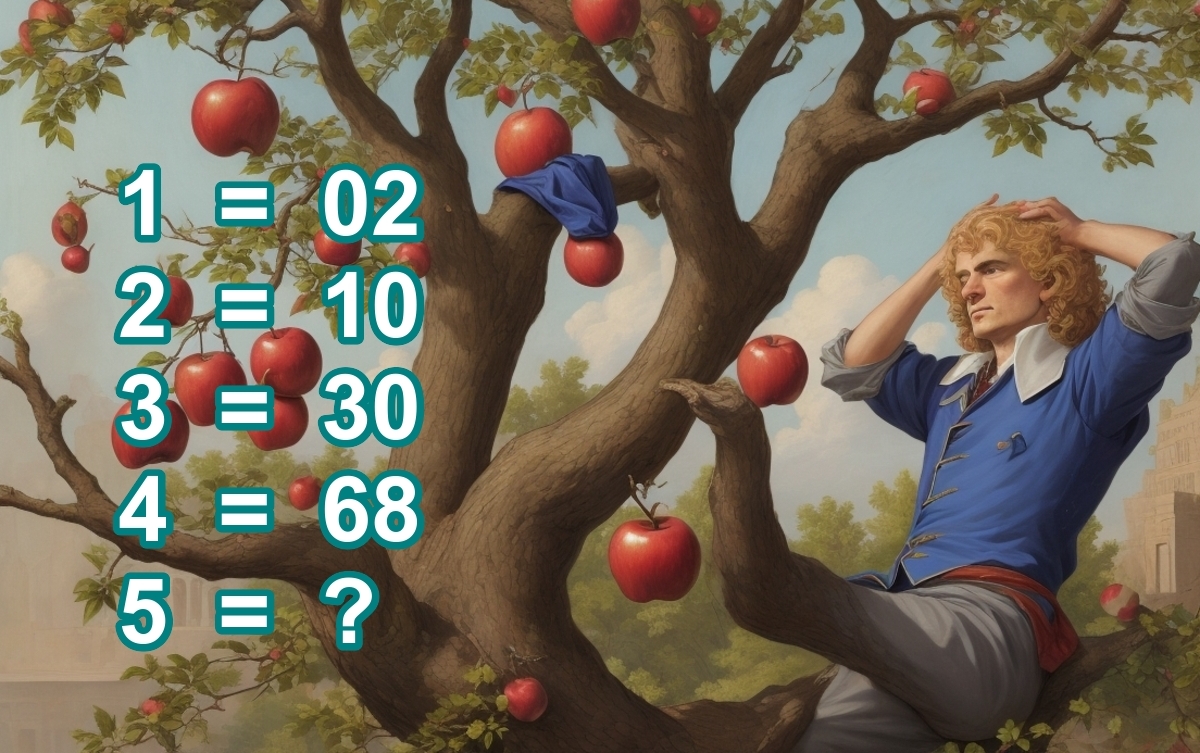
130
Explanation:
(1*1*1)+1 = 02
(2*2*2)+2 = 10
(3*3*3)+3 = 30
(4*4*4)+4 = 68
(5*5*5)+5 = 130
1f
1 = 02
2 = 10
3 = 30
4 = 68
Then
5 = ?

130
Explanation:
(1*1*1)+1 = 02
(2*2*2)+2 = 10
(3*3*3)+3 = 30
(4*4*4)+4 = 68
(5*5*5)+5 = 130
If 8/x = 160, what is the value of x?
a) 20
b) 1280
c) .05
d) 1/2
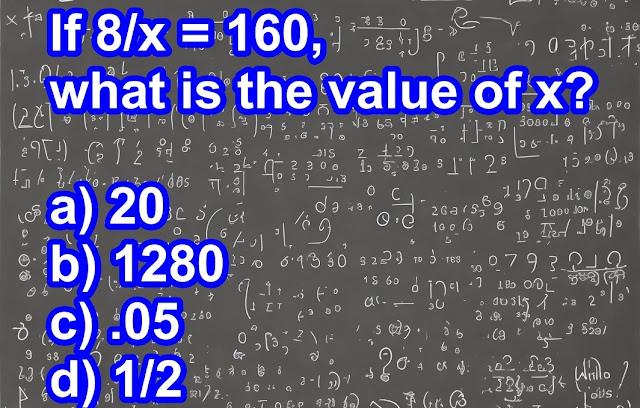
.05
Given the equation 8/x = 160, when you solve for x, you indeed get:
8/x = 160
To find x, you can simply invert the fraction:
x/8 = 1/160
Now, to isolate x, multiply both sides by 8:
x = 8 * (1/160)
x = 8/160
x = 1/20 = 0.05
What is the probability of rolling a sum of 7 with two fair six-sided dice?
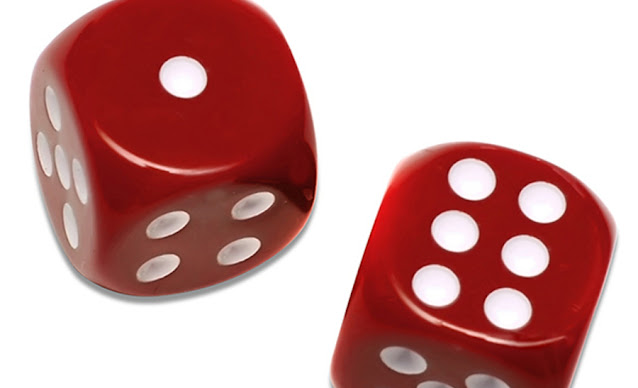
0.1667 or 16.67%
When rolling two fair six-sided dice, there are a total of 36 possible outcomes (6 outcomes for the first die multiplied by 6 outcomes for the second die).
To calculate the probability of rolling a sum of 7, we need to determine the number of combinations that result in a sum of 7. These combinations are:
1 + 6
2 + 5
3 + 4
4 + 3
5 + 2
6 + 1
So, there are 6 favorable outcomes that result in a sum of 7.
The probability of rolling a sum of 7 is calculated by dividing the number of favorable outcomes by the total possible outcomes:
Probability = (Number of Favorable Outcomes) / (Total Possible Outcomes) = 6 / 36 = 1/6 ≈ 0.1667
Therefore, the probability of rolling a sum of 7 with two fair six-sided dice is approximately 0.1667 or 16.67%.
Which pattern is the odd one out?

Shape A
Shape A features an inner figure(dark black) in the form of a trapezoid.
Conversely, shapes B, C, and D all exhibit an inner figure shaped as a triangle.
As a result, the image that deviates from this pattern is Shape A, making it the odd one out.
In a rectangular garden, a sneaky snake is slithering swiftly along the length. Simultaneously, a determined man begins his pursuit from one end of the breadth. The snake moves at a steady pace of 30 cm/hour, while the man walks twice as fast, covering 60 cm/hour.
The question is, how long will it take for the man to catch up to the snake?

Consider the garden's breadth as "B" and its length as "2B." The man and snake start moving at the same time.
To find the time "T" when the man catches the snake, we equate the distances they both cover.
Man's distance: 60T (60 cm/hour * T hours)
Snake's distance: 30T (30 cm/hour * T hours)
The man catches the snake when they meet at the same point, meaning the distance covered by both is equal.
Equation: 60T = 30T
Solving for "T":
60T - 30T = 0
30T = 0
T = 2
Thus, the man catches the snake after 2 hours.
A fireman Jacob stood at the center of a ladder and was spraying water on a burning house.
He climbed up 6 rungs before the heat of the flames forced him to come down 10 rungs.
Some minutes later, Jacob climb 18 rungs to the very top of the ladder.
How many rungs did the ladder have?
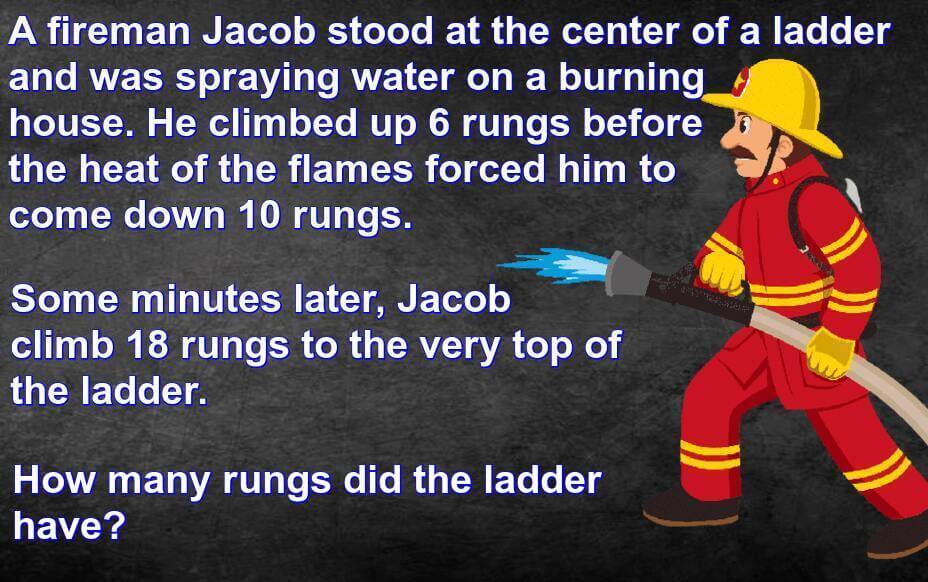
29
Jacob standing on the middle rung.
He goes up 6 rungs so he is now at M+6 and when he goes down 10 rungs so he is at M-4.
Jacob goes up 18 rungs so he is now at M+14 = T
14 rungs from the top, 14 rungs from the bottom, and the middle rung. 14+14+1=29
If 21 is added to four times a number, the result is 57.
Then the number is?
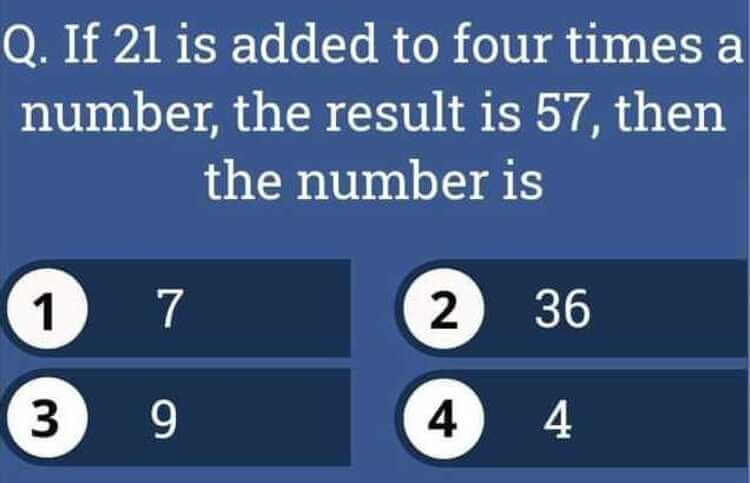
9
4x + 21 = 57
4x = 36
x = 9
Can you solve the below equation?
30 / 6 * 2 - 3 * 2 + 12 / 2 = ?
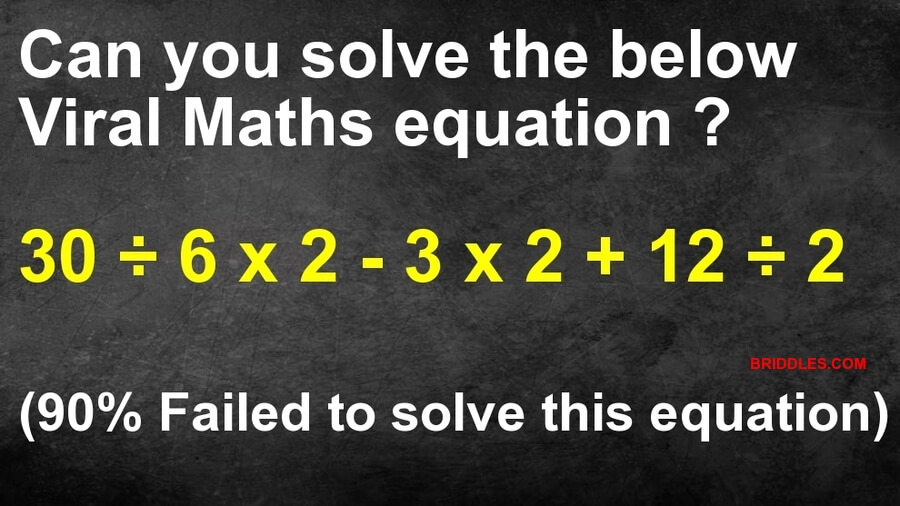
10
Can you solve the below KFC equation to prove that you are really smart?
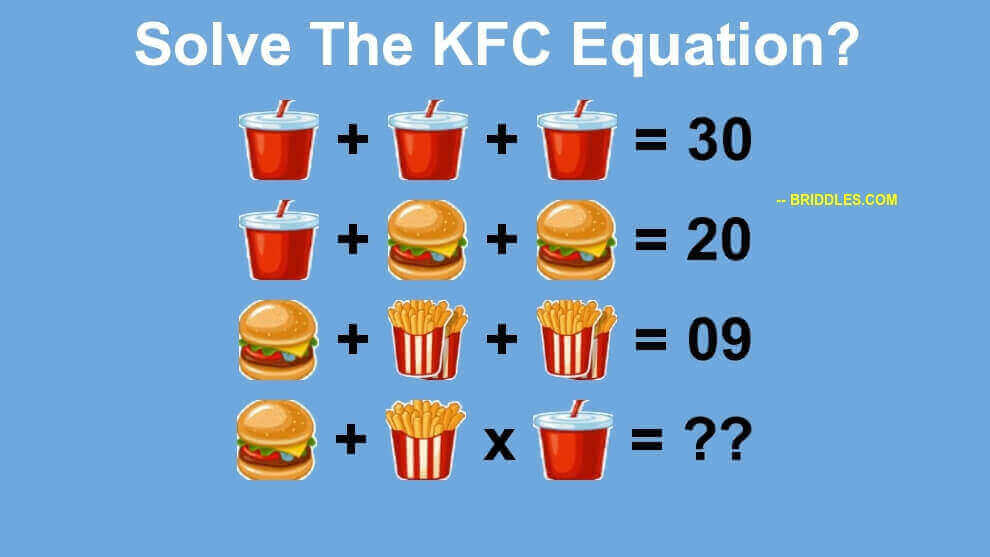
15